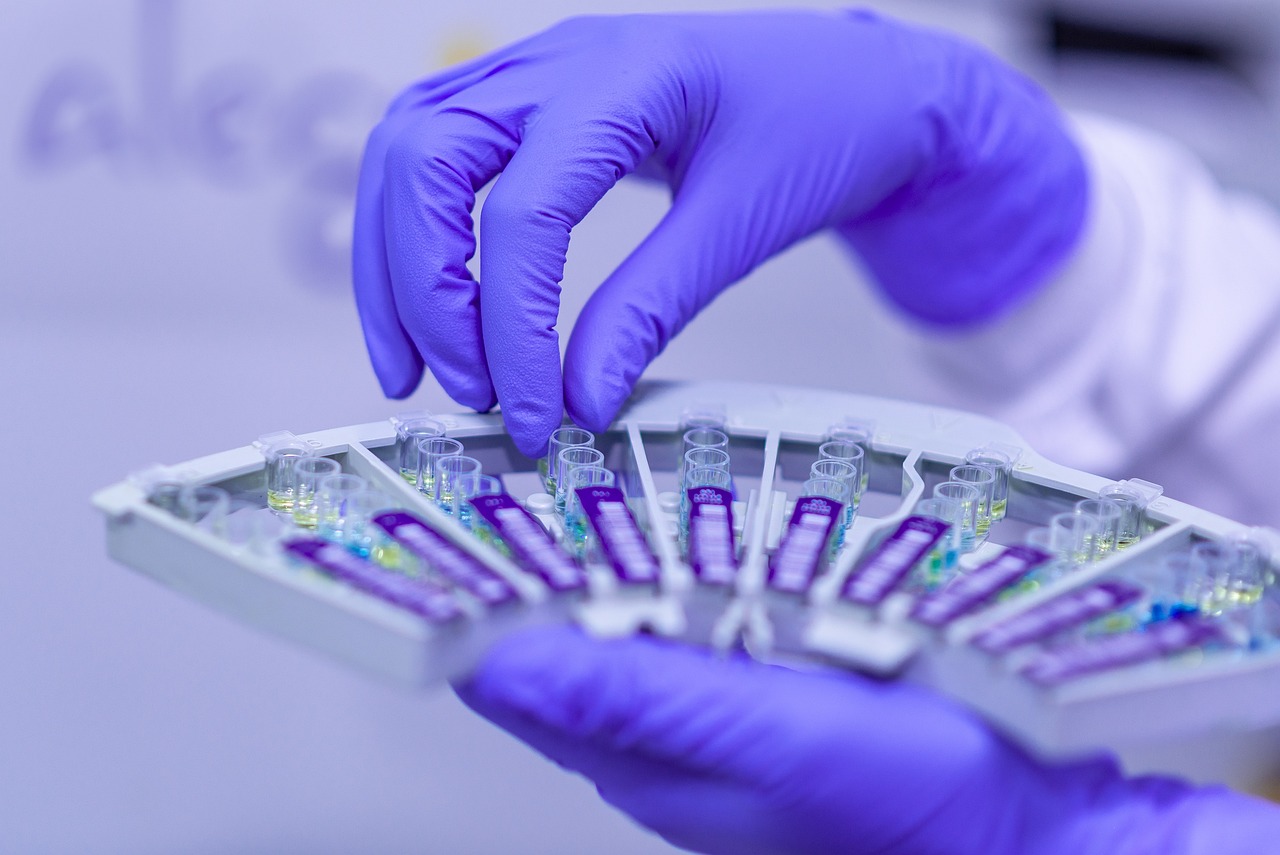Our research infrastructure, which is currently being expanded to include a world-class, state-of-the-art R1.2 billion Biomedical Research Institute (BMRI), is provided by Stellenbosch University on the Tygerberg Medical Campus. The new facility will allow for the immediate expansion of current research activities, as well as strengthen research and teaching capacity in fields such as bioinformatics, genomics, anatomy, surgery, and neurology within and beyond South Africa.
The BMRI consists of 37,800 ft2 laboratory space that includes shared general laboratories, shared walk-in fridges and walk-in freezers, specialist laboratories (cell culture labs) and several darkrooms. Open-plan offices closed private offices, and break-out areas with meeting facilities are located on each floor and host different research groups.
Facilities housed within the BMRI complex include:
- Bioinformatics hub – consisting of a dedicated team of bioinformatics researchers with the coding skills and biological knowledge necessary to analyse and interpret large volumes of clinical data generated to facilitate the translation of our research from benchtop to bedside.
- Modern laboratories - The BMRI building philosophy has research at the heart of its design, with offices on the outer most boundaries of the building and laboratories within the centre. This design allows for precise temperature control of the laboratories which is essential to ensuring the optimal function of our equipment and in turn our experiments. The laboratory space is divided up into sections consisting of a general working area where routine laboratory work takes place, and dedicated specialist laboratories for procedures involving trained technical expertise and specialized equipment.
- Central Analytical Facility – featuring specialised flow cytometry, electron microscopy and proteomics laboratories
- The largest Biosafety level 3 (BSL-3) facility in Africa - accessed-controlled laboratories equipped with specialised equipment with strict working policies and procedures for working with dangerous pathogens, such as Mycobacterium tuberculosis, that enable us to conduct our world-class infectious disease research.
- Animal Biosafety Level 3 (BSL-3) Facilities – employing the use of non-human models to understand how various environmental, immune and genetic factors contribute to development, behavior, and health.
- Advanced biorepository (Hamilton BiOS L5 (BiOS) - a state-of-the-art fully-automated biorepository, the first in the Southern Hemisphere, with a capacity to store 3.5 million samples at 80°C, and the possibility to expand to another 5 million. Samples that need to be stored at colder temperatures are kept in liquid nitrogen tanks in a specialised unit.The BiOS is equipped with several backups in the event of power failure or loadshedding and around the clock monitoring system with alarms and alerts for temperature control.
- Biomedical Clinical Research unit - made up of clinician scientists, research nurses, recruiters and support staff, that work closely with local clinics to facilitate our clinical trial research studies
- Dedicated Research Bronchoscopy suite - enabling access to samples at the site of disease (aka within the lung) to enable ground-breaking TB research.
- Surgical skills (Sunskills) laboratory – a R129 million facility equipped with the most advanced medical technology to exposure medical professionals to cutting-edge procedural techniques through simulation of a real world operating environment.
- Medical Morphology Learning Centre - housing an impressive display of preserved clinical samples linked to human development and anatomy, forensic and anatomical pathology, medical history, anthropology, and comparative anatomy to aid in improved understanding of human and animal diversity, past and present.
- State-of-the-art conference facilities - serving as a hub for biomedical symposiums, conferences and invited lectures to showcase the innovative and advanced biomedical research activities conducted here and facilitate national and international collaborations with other world leaders at the forefront of clinical research.

